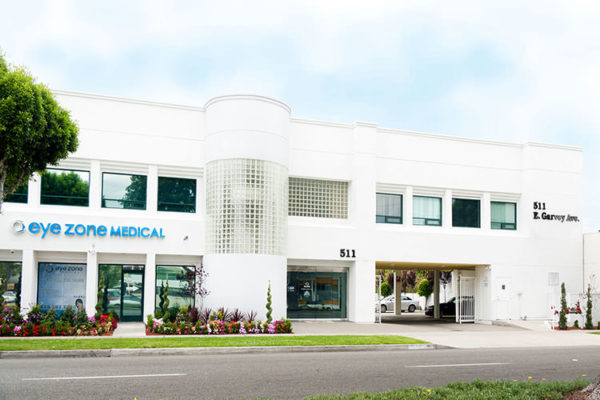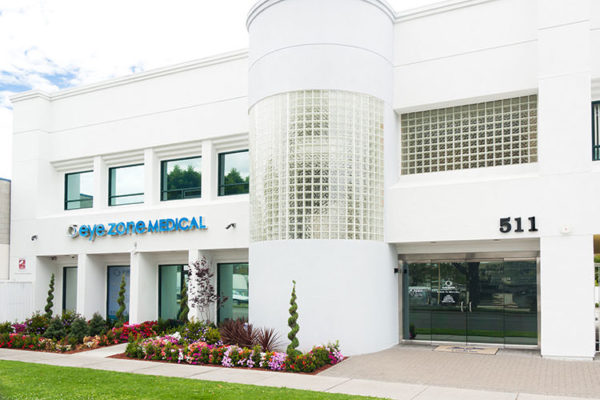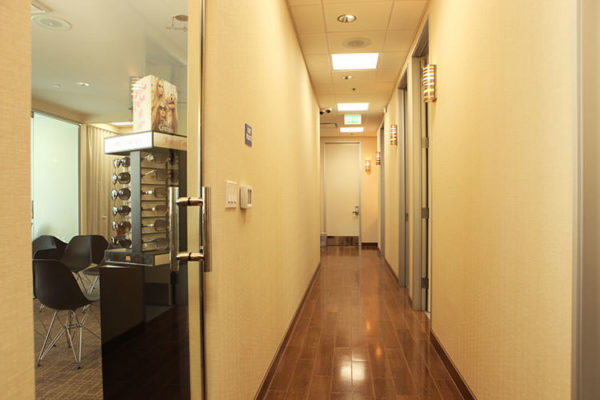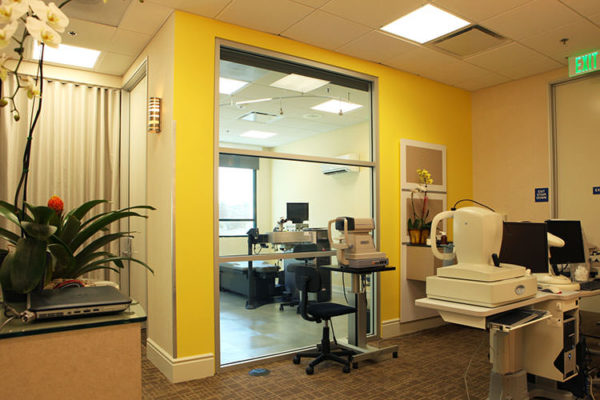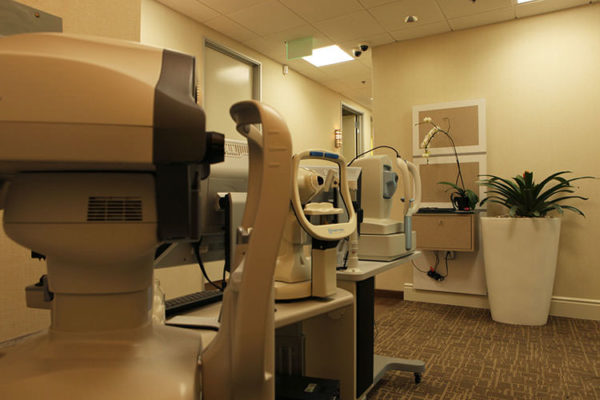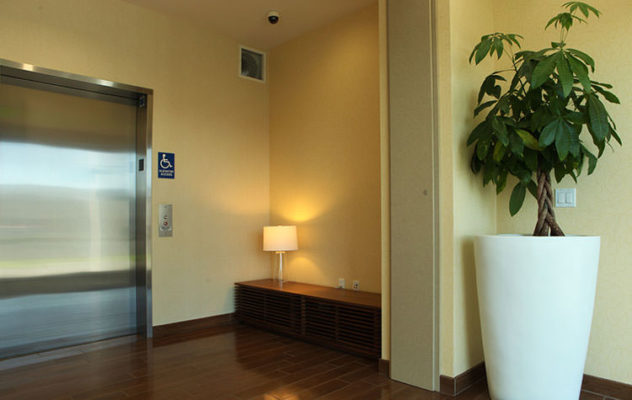Cataract Surgery FAQ in Monterey Park & Los Angeles
We realize that we cannot answer all of the questions that you may have about cataract surgery. However, we have compiled answers to many of the questions Monterey Park patients had in the past. We look forward to the opportunity to answer your questions concerning your operation and your eye. Dr. Linda Vu and her trained assistants are here to help you.





